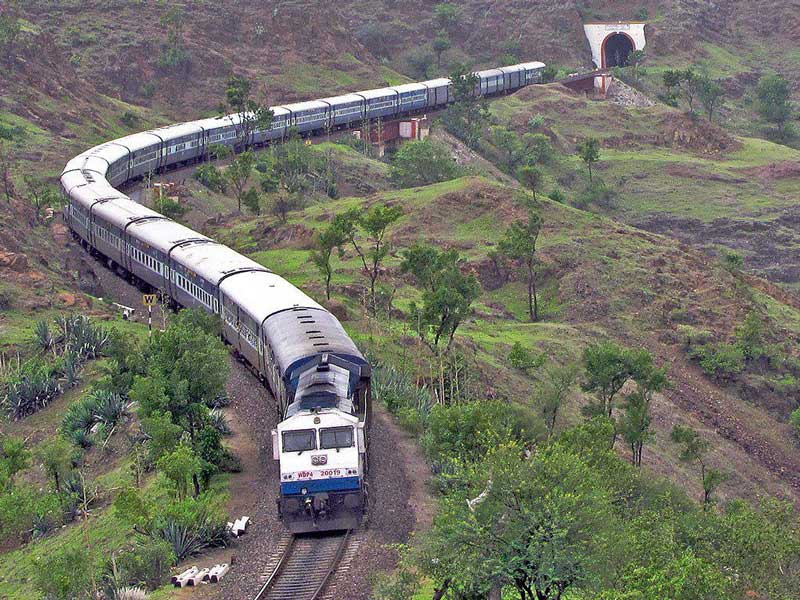Since its inception in 1986, CRIS has outdone itself in providing the necessary technical infrastructure to aid the IR in their daily efforts to meet the needs of customer satisfaction. They have developed various user-friendly applications not only for Indian customers but also railway officials and personnel at the management side. This means that the Indian customers, as well as the railway officials, are end users of this management information system. CRIS was awarded the E-Governance Award for Business Process Re-engineering for developing Control Office Application (COA). COA was an application developed to maintain the fluidity between train scheduling and management while procuring and storing acquired train information. Applications such as National Train Enquiry System can be used by the public to check train timings and seat availability in the train.

Software Aided Train Scheduling
- There are various constraints for Indian Railways such as limited capacity, passenger and freight traffic, and multiple types of train control systems. This makes developing train timetables for all the trains that travel on the network a very meticulous and tedious task. It is not only complex, but poses a huge challenge in front of the IR.
- In fact, poring over the railway timetable is considered as a hobby by many people while travelling in the train. The essence of train journeys lies in not only watching the trees and fields passing by, but also in tracing the route that the train takes, the stops and their names. The timetable that is drawn is analogous to a compass for an early traveller or a starry night for a star gazer.
- However, this Herculean task is undertaken by the IR and they work ardently to provide an accurate time table. Zonal level planners collaborate with other zonal level planners or they work independently. They compile their work together to produce the All India Time Table. However, the pressing objectives present themselves in 2 forms. One, it should be convenient to the passenger or feasible to run on the system.
- The introduction of new train services and improving older ones requires precision, which is why a highly skilled group of planners are appointed to perform the task. The Software Aided Train Scheduling and Network Governance is the project that is assigned the task of creating a new software tool to aid these planners. The application allocates resources fairly and develops more robust time tables.
Integrated Train Enquiry System (ITES)
- Telephonic enquiries for the Railways all over India were managed by the staff of IR manually. However, there were regional limitations over this practice which affected the information base. One region did not have all the details of the other regions. Above all this, enquiries regarding the status of arrival and departure of the trains through their jurisdiction were not answered adequately.
- ITES was developed with the initiative to remove this discrepancy. DoT created a category-I code (139) which was an integrated railway enquiry on pan India basis. This unique code is easily accessible on all landline/mobile/WLL numbers even without dialling the STD code. Computerized PRS and NTES applications of the IR provide information to manual and IVRS enquiry systems.
